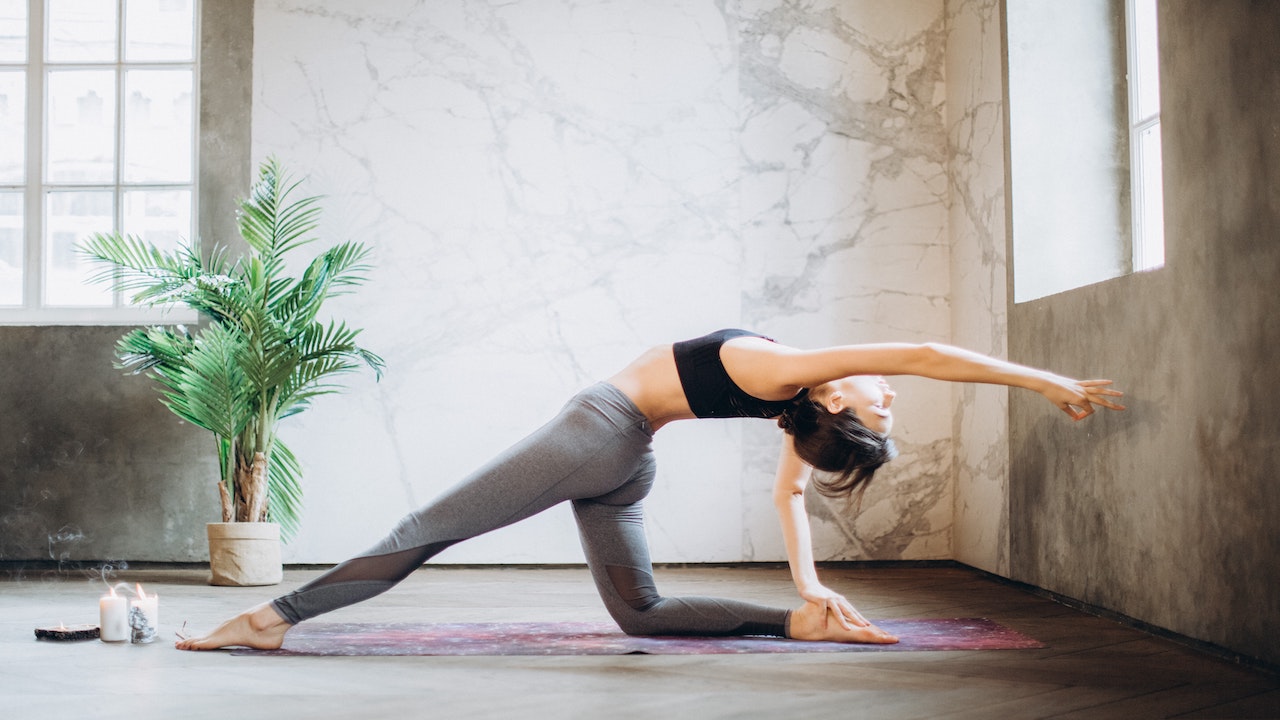What Is Hatha Yoga ?
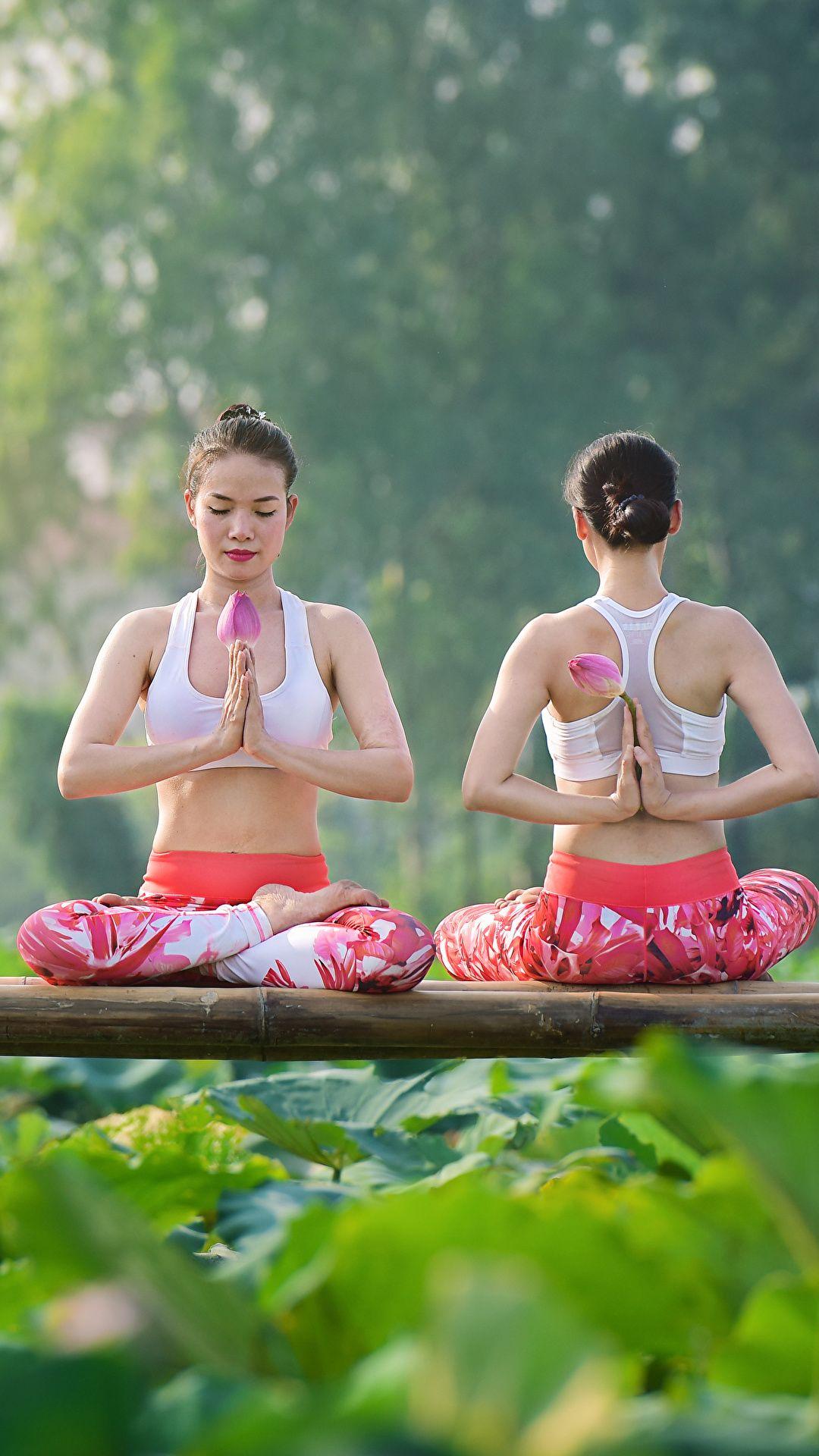
The Sanskrit word “hatha” can be translated in English two different ways: as “willful” or “forceful,” as the active path of yoga—or as “sun” (ha) and “moon” (tha), as the yoga of balance. Taken together, hatha yoga can be described as a set of willful and active practices that aim to achieve harmony and balance in the mind, body, and spirit. This approach to yoga is often called “the forceful path” and includes the practice of physical postures and breathing techniques. Hatha yoga is the generic type of yoga classes taught in the West. Most of the popular types of yoga taught in yoga studios are derived from this style. It is often used to describe a more gentle or beginner friendly style.
★History of Hatha Yoga
In the history of yoga, hatha yoga is a fairly recent technique that was developed from theories and techniques of Tantra Yoga. The tantrics embraced the physical body as the means to achieve enlightenment and developed the physical-spiritual connections and body-centered practices that lead to Hatha Yoga. But Hatha Yoga is uniquely focused on transforming the physical body through purification and the cultivation of the subtle energies of the body. The ultimate goal of this type of yoga is to direct the vital energy into the central channel and draw it up towards the crown chakra. Most modern classes do not teach the esoteric exercises of breath retention, bandhas and mudras that would channel and raise one’s energy levels high enough to attain enlightenment. And all of the techniques of this form of yoga are seen as preliminary steps to achieving the deeper states of meditation and enlightenment found in the path of raja yoga. The oldest and most widely used ancient text on the physical practices of Hatha Yoga is the Hatha Yoga Pradipika. This book was composed in 15th century CE by Swami Swatamarama and is derived from older Sanskrit texts, the teachings from well-known teachers, and from Swatamarama’s own yogic experiences. The main goal of this text is to illuminate the physical disciplines and practices of Hatha Yoga and integrate these with the higher spiritual goals of Raja Yoga. Swatamarama begins with explaining the relationship between the two, informing us that Hatha is a preliminary practice for Raja Yoga. He tells us that obtaining self-control and self-discipline is much easier when we start with the physical and energetic body, versus trying to directly control the mind as in Raja Yoga. Through the mastery of the prana, or energy of the body, we can then easily master the control of the mind and obtain success with Raja Yoga.
What is Hatha Yoga good for?
Hatha Yoga is usually taught as a householder path with a focus on the physical attainment of the poses. Hatha practices are designed to align, cleanse and calm your body, mind, and spirit in order to achieve deeper states of meditation and spiritual realization. A regular practice can improve strength, stamina, flexibility, range of motion, and balance; reduce stress; promote mental calm; and provide many other therapeutic benefits as well. The many different styles or schools of Hatha Yoga have more specific benefits. For example, if you wish to build strength and cardiovascular health, try a more vigorous style of yoga like vinyasa yoga, ashtanga or power yoga.
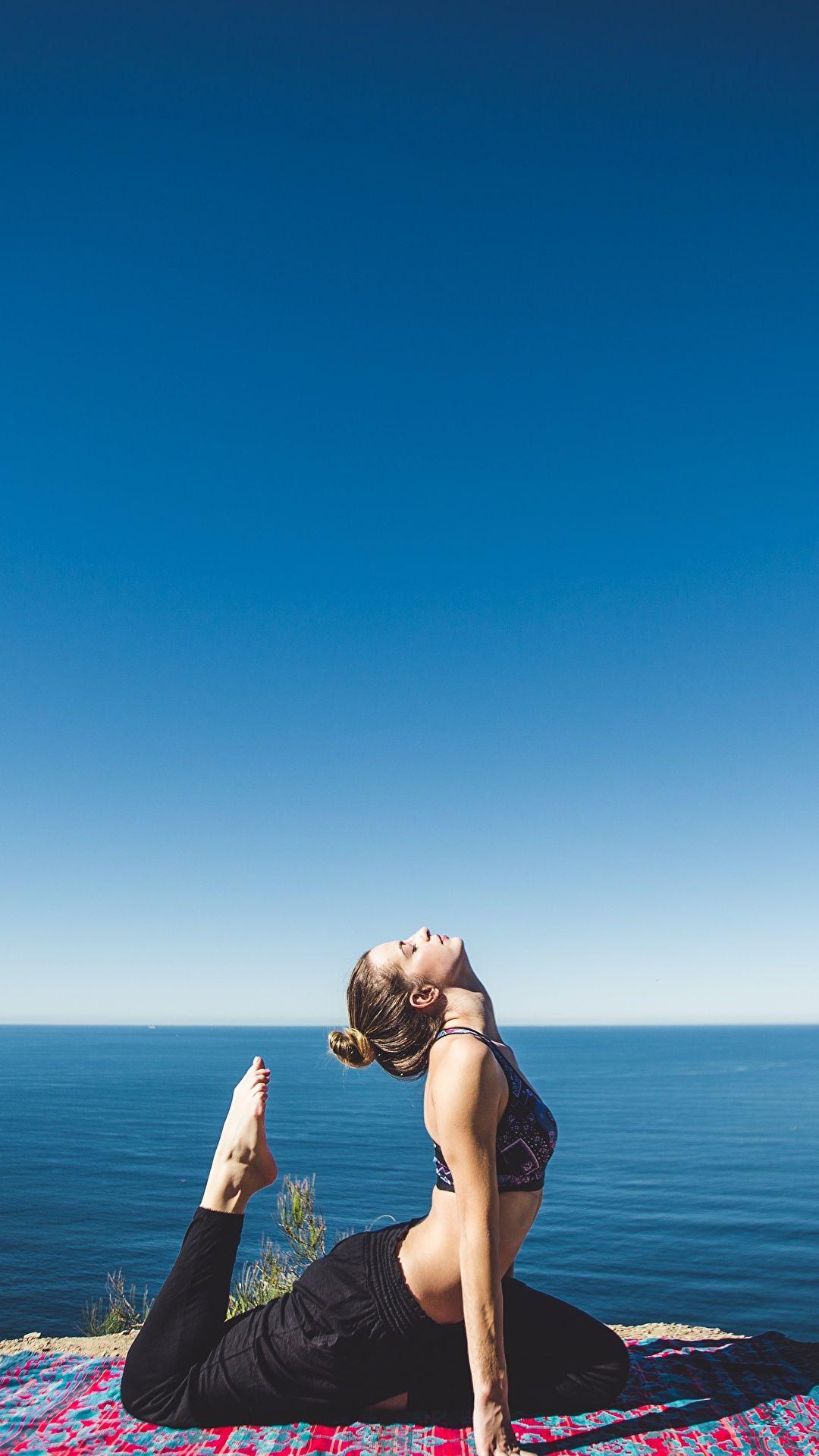
Hatha Yoga For Begginers
Tadasana (Mountain Pose)
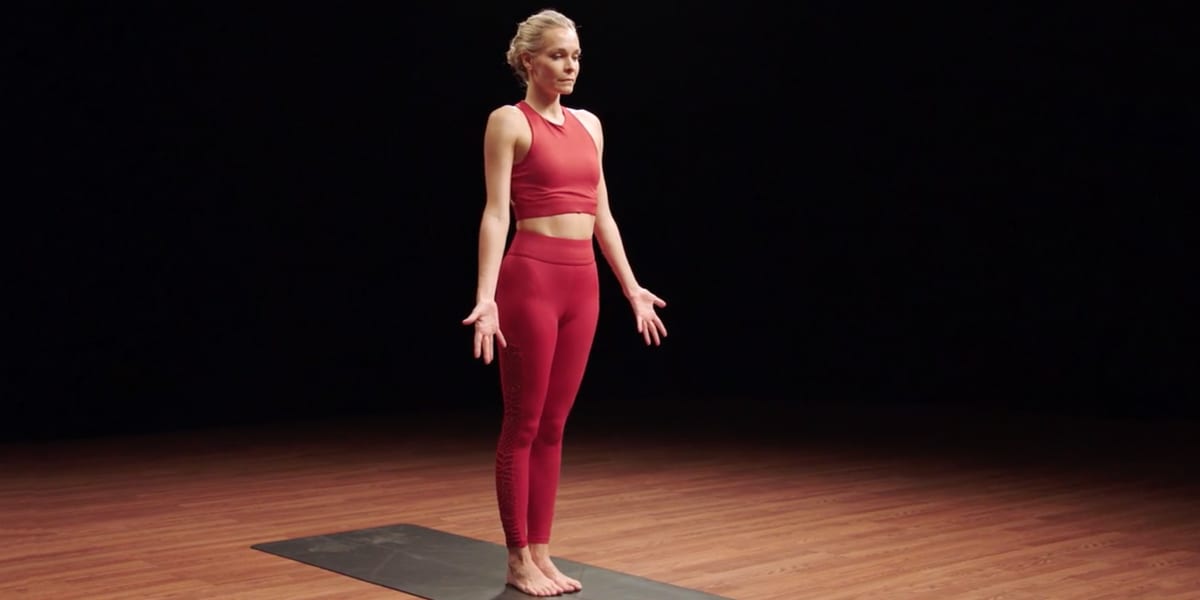
The mountain pose is a staple of Hatha Yoga for beginners and it is the base standing yoga asanas. it switches on all muscle groupes and it is great for body tadasana on an empty stomach and practice control to avoid injuries.
How To Do Tadasana
- Standstraight with your feet together and your tose touching each other. Your heels can be slightly apart
- Place your hands firmly alongside your body and insure that your thighs are firm
- Lift your kneecaps but do not harden your lower stomach
- The arches of your inner ankles should be straight as your lift them
- Gently turn your upper thighs inward and stretch the tailbone toward the floor. Lift your pubis toward the navel
- Breath in as you stretch your arms upwards let your body stretch from head to tose
- Hold for up to 60 seconds.Exhale as you release
Vrikshasna (Tree Pose)
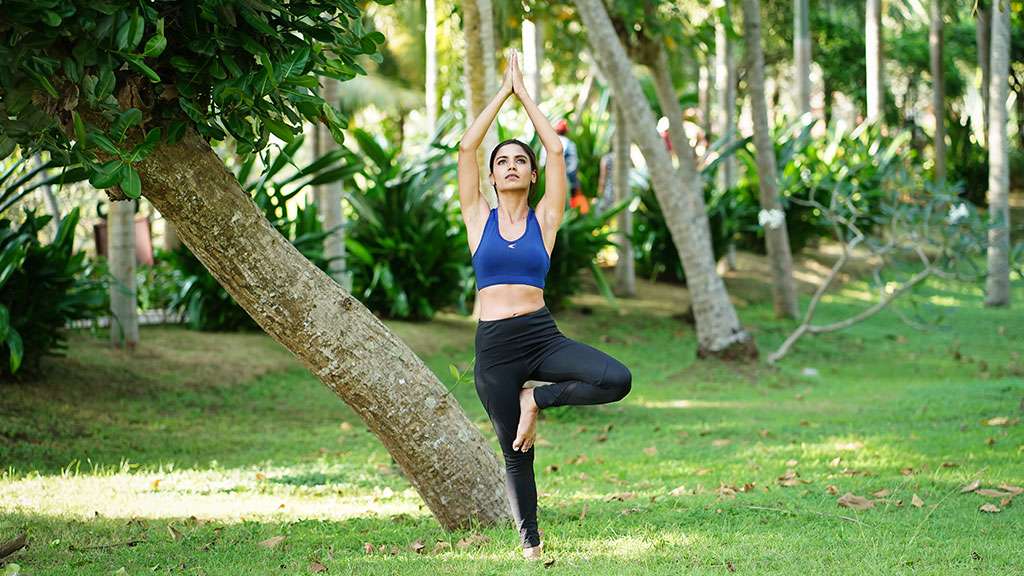
The tree pose stretches the legs, arms, and the back in addition to promoting equilibrium in your mind. Vrikshasana is one of the Hatha Yoga poses for beginner that relieves sciatica, makes legs strong, opens up the hips and improves balance. It is known to improve concentration as well.
How to do Vrikshasana
- Stand straight with your arms on your sides
- Place your right foot on the inside of your left thigh. Place the sole flat and firmly on the root of the thigh. Ensure that the left leg is straight
- Find your balance, breathe and slowly raise your arms over your head from the sides. join your palms in Namaste Mudra
- Look straight ahead in front of you at a single point to maintain balance
- With your body tightly stretched and the spine stretched take long deep breaths. Relax with each breath
- Gently bring your hands down and release the leg
- Repeat the pose with the other leg after a few seconds of rest
Uttanasana (Standing Forward Bend)
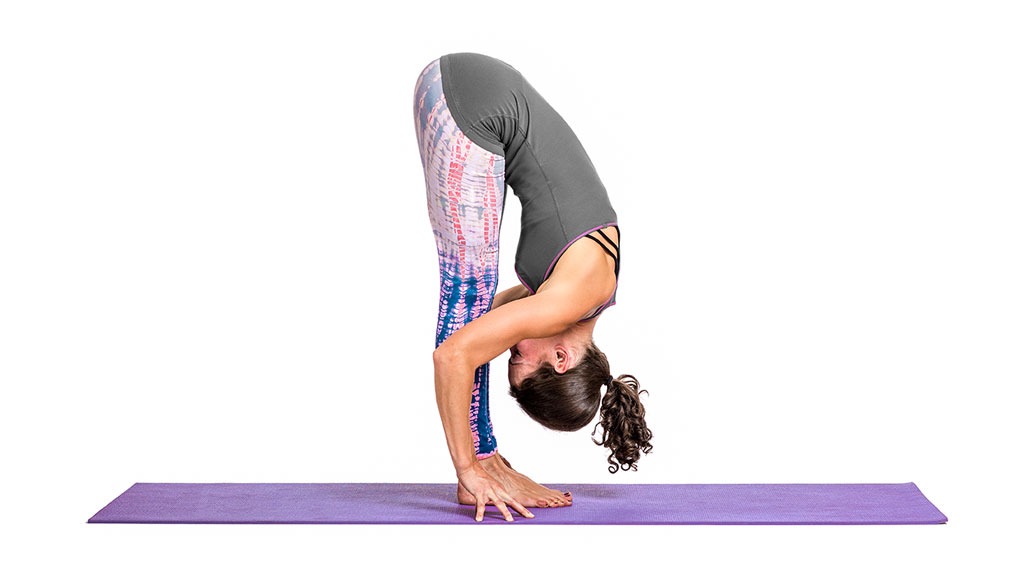
The standing forward bend or the Uttanasana benefits body and mind. Although it is an uncomplicated it is anything but easy as it requires flexible harmstrings, claves, hips at above all patience. This simple pose is a reflection of the ebbs and flows in your body and life
How to do Uttanasana
- Stand straight and place your hands on your hips. Exhale and bend forward hinging from your hips
- Stretch as much as you can from your hips to your head
- Touch the fingertips on the ground or a block. Release the back of your head and neck
- Feel your torso lengthen as you inhale and feel your chest rich toward your toes as you exhale
- Hold the pose for up to 60 seconds
- To release the pose, let your hands go back up to your hips and slowly raise your torso
Adho Mukha Svanasana (Downward-facing Dog Pose)
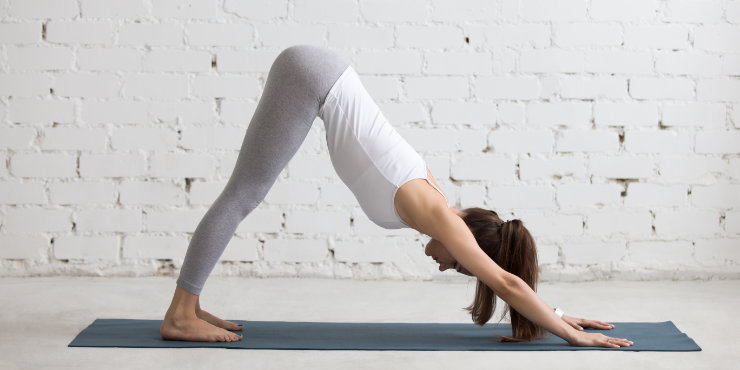
The tree pose stretches the legs, arms, and the back in addition to promoting equilibrium in your mind. Vrikshasana is one of the Hatha Yoga poses for beginner that relieves sciatica, makes legs strong, opens up the hips and improves balance. It is known to improve concentration as well.
How to do Adho Mukha Svanasana
- Get on all Fours so that your body resembles a table. Ensure that your with your shoulder and the feet are in line with your hips
- Exhale and lift your hips> Simultaneously, straighten your elbows and should make an 'inverted V' position and tose should point outward
- lengthen your neck by pressing your hands into the ground. Let your inner arms
- Hold for a few seconds
- Bend your knees to release the hold
Setu Bandhanasana Bridge Pose

The Bridge pose is a part of Hatha Yoga that improves core and lower body strength in addition to lengthening the spine. Performing the Setu Bandhasana improves energy levels in the body and simulates the nervous system and the endocrine system.
How to do Setu Bandhanasana
- Lie on a yoga mat on your back and bend both your knees. Place your feet at hip-width, flat on the floor
- Keep your arms alongside your body with the palms facing down. Your fingertips should lightly touch your heels
- Inhale and lift your hips by pressing the feet into the floor. roll the spine off the floor. Maintain the hip-width between your knees
- Lift your chest by pressing down into the arms and shoulders
- lift your hips as high as possible with the help of your legs and buttocks
- Hold for up to 4-8 breaths
- Exhale and let the spine roll back to the floor slowly to release
Halanasana (Plough Pose)
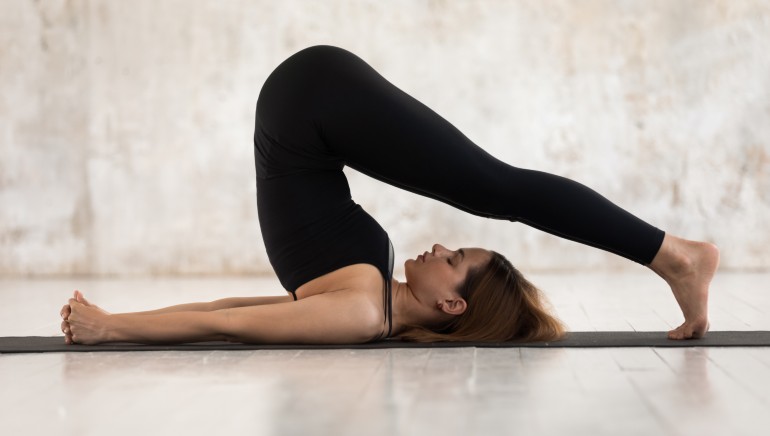
Among the Hatha Yoga pose, the Halasana is one that is associated with finding the treasures inside, which is synonymous with the plough. The Plough Pose benefits include reduced stress and fatigue in addition to a calm brain flexible shoulder & spine, and relief in the symptoms of menopause. the pose is therapeutic for insomnia, sinusitis, infertility, backache, and headache
How to do Halasana
- Lie down flat on a mat on your back and place your arms beside your body. Your palms should face downward
- Inhale and use your abdominal muscles to lift your feet off the ground. At this point, your feet should be at a square angle to your torso
- Push your hands down into the floor to lift your hips off the floor. Your feet should be directly over your head and then beyond it; your back must be perpendicular to the ground
- Hold the Position for a few seconds and focus on your breathing meanwhile
- Exhale and let your feet come to the original position slowly; any jerky movements
Sirsasana (Head Stand)
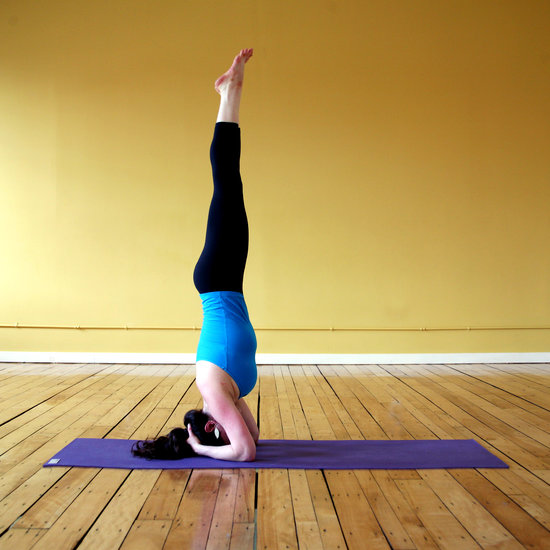
The health benefits of Headstead are amazing. This yoga asana increases blood flow to the head, neck, and face. Sirsasana relaxes the flow of blood to the lower extremities, which reduces swelling and nervous congestion.The Headstand benefit the heart by relaxing it and releases the kidneys and the adrenal glands.
How to do Sirsasana
- Get on all force just like in the downward-facing dog
- Place your forearms on the floor with your elbow directly under the shoulders
- Clasp your hands together by interlacing your fingers and make a cup with your palms
- Next, place the top of your head on the floor with your palms cupping the back of your head
- Stretch out your legs as you would in the downward-facing dog pose
- Slowly walk your feet toward your head as far as possible
- Give your legs a push and lift them off the floor. Don't try to go directly into the full extension. Let your legs hang with thighs bent hinging from the hips and your back straight
- Next, straighten your thighs in line with your backbone and let your shins hang towards the back
- Hold this position and take a few deep breaths
- Exhale and slowly unbend your knees to fully extend your lower body
- keep your core engaged and hold the pose for at least 10 seconds
Salabhasana (Locust Pose)
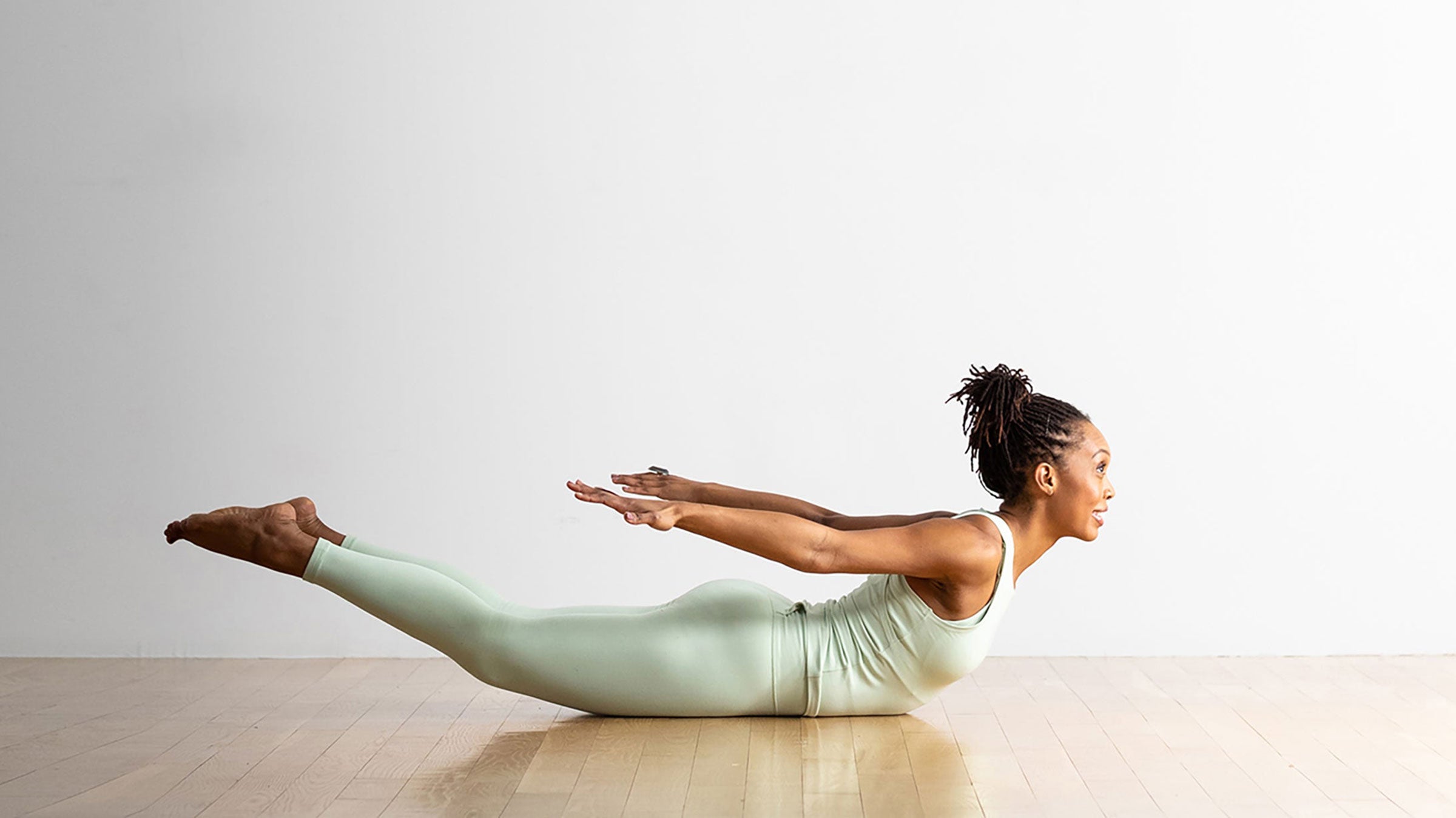
The Salabhasana mirrors a locust at rest but it is much more difficult than resting. The locust pose improves blood circulation and stimulates the internal organs. Performing this Hatha Yoga pose for beginners regulates the acid-base balance as well as strengthens the thighs, shoulders, legs hips and calf muscles.The Salabhasana is included in the routine of Yoga for weight loss since it regulates metabolism and reduces stress and tension.
How to do Salabhasana
- Lie down on a yoga mat on your abdomen and place your hands by your side
- Inhale and lift your legs and upper torso
- Without bending your knees, lift your legs higher upward using your inner thighs. Let your weight rest on your abdomen and lower ribs.Use your hands for support
- Hold the pose for up to 1 minute and then release slowly
Sarvangasana (Shoulder Stand)
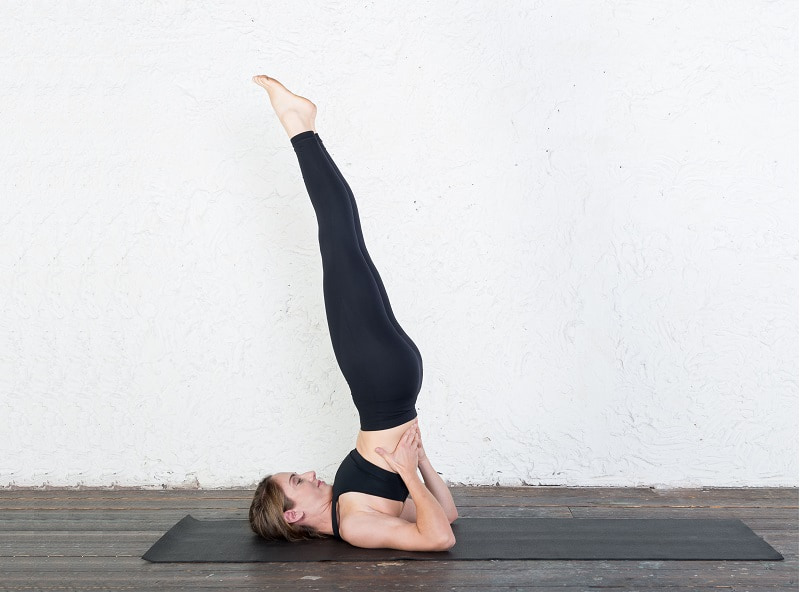
The shoulder stand or the Sarvangasanais a Hatha Yoga asana that influences the functionality of all the parts of the body. Also known as the "queen of the asanas", the Shoulder Stand benefits mental and physical health. The whole body is balanced on the shoulders in the Saravangasana.
How to do Sarvangasana
- Lie on your back and place your hands on your sides
- Support your back with your hands and lift your legs,buttocks,and the back with one movement (in that order)
- Move your back hands lower down your upper back and your elbows closer toward each other. straighten the legs and spine by pushing down on your elbows.Make sure that all of your weight is on your shoulders and upper arms and not on your neck or head
- Do Not Let Yours legs wobble. Stretch your heels up higher and bring your toes directly above nose. Do not press the neck into the floor; release the pose if you feel any pressure on it
- Take deep breaths and hold the pose for 30-60 seconds
- Lower the knees to the forehead to release. Bring your hands to the floor and then the spine down on the floor very slowly
- Relax for at least 1 minute
Dhanurasana (Bow Pose)

The Bow Pose is based on the fact that the spinal cord is the most important part of the body. The Bow Pose benefits the abdominal muscles as well as the back. It is knownto stimulate the reproductive organs in addition to opennig up the neck,chest, and shoulders. It makes the back flexible and reduces stress and menstrual discomfort.
How to do Dhanurasana
- Lie on your stomach on the mat with your feet at hip-width. Keep your arms beside your body
- Gently fold your knees and hold your ankles
- Inhale and lift your chest and legs off the ground and pull your legs back
- keep your gaze straight ahead and don't let your face stress
- Concentrate on your breathing while you hold the pose; let your body be as taut as a bow
- take long and deep breaths
- Release the pose after 15-20 seconds
